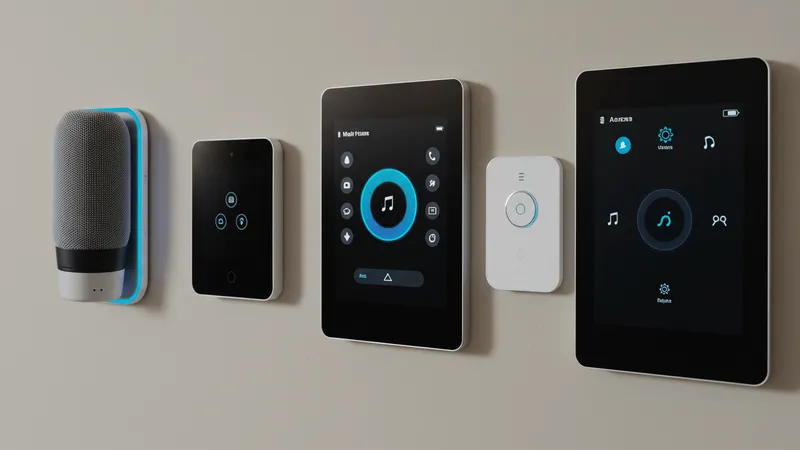
Home Automation: Smart Solutions For Modern Living
Trends and the Future of Smart Solutions in Australian Residential Living
Australian residential living is rapidly adapting to new smart technologies. Recent years have seen increased adoption of voice assistants, enhanced artificial intelligence in climate and lighting control, and a surge in products designed specifically for local power grids and standards. Devices continue to become more intuitive, learning from user behavior and environmental context.

There is also a move toward greater interoperability, with standards bodies and manufacturers collaborating to create devices that communicate seamlessly. Initiatives like Matter, an open-source connectivity standard, are poised to simplify integration across brands for Australian consumers, reducing setup frustrations and future-proofing investments.
Another trend is sustainability. As energy prices and supply pressures persist in Australia, smart solutions—especially thermostats and efficient lighting—help households monitor and reduce consumption. Features like real-time energy dashboards and solar integration empower homeowners to make data-driven decisions for both their budgets and the environment.
The intersection of lifestyle, technology, and local context ensures Australia’s smart home market continues to evolve. As residents demand more convenience, safety, and sustainability, home automation will play a central role in shaping what modern Australian living looks like, today and in the years ahead.